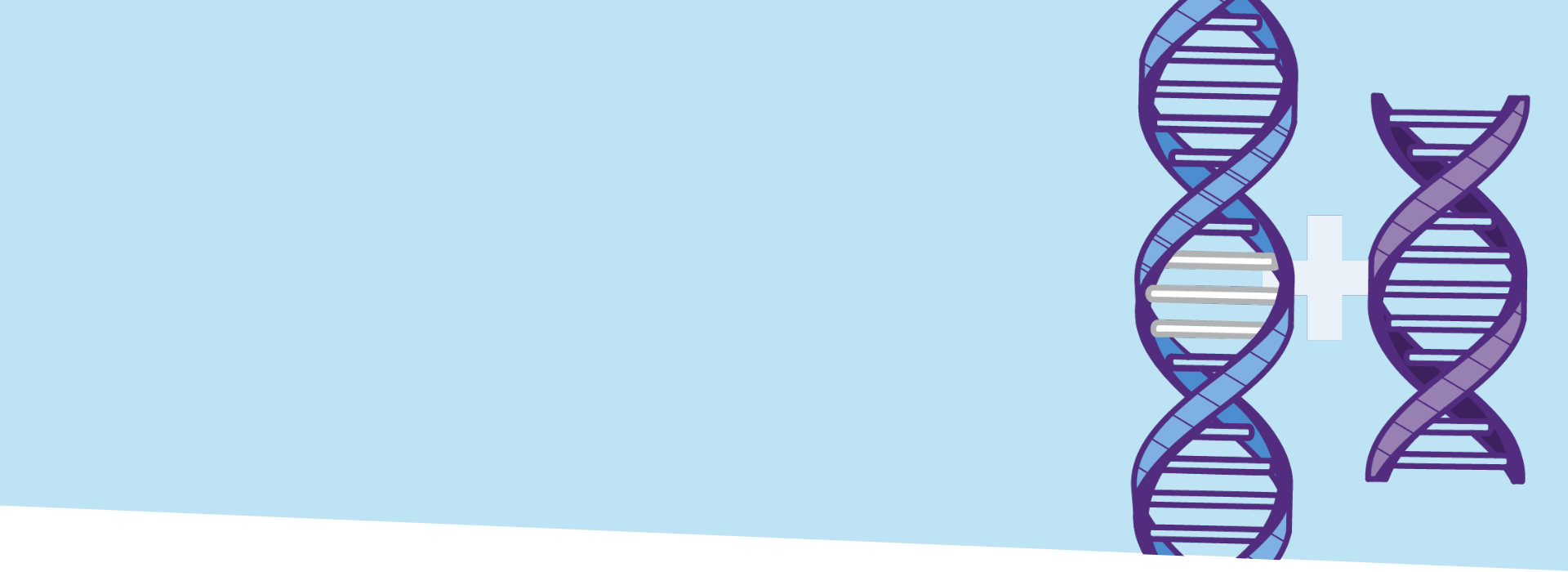Viral vector delivery
Viruses are used as vectors because of their efficiency at entering cells, and there are several different types of viral vectors used for gene addition.9,10 Before carrying a transgene into a patient’s cells, the vectors are modified to remove the viral disease-causing genes as well as their ability to replicate.2,4
Integrating versus nonintegrating gene addition
Once a vector delivers the transgene inside the nucleus—where DNA is packaged in chromosomes—the cell begins to generate new proteins to improve functioning.4 The gene then either remains as an extra segment of DNA in the cell or inserts into the chromosomes and integrates into the cell’s own DNA, with both techniques resulting in functional protein production.4,11,12
Learn about gene editing
Discover the different gene-editing technologies
currently under research.
Sign up to stay informed
Stay with Vertex as we continue to explore the evolving field of gene therapy.





